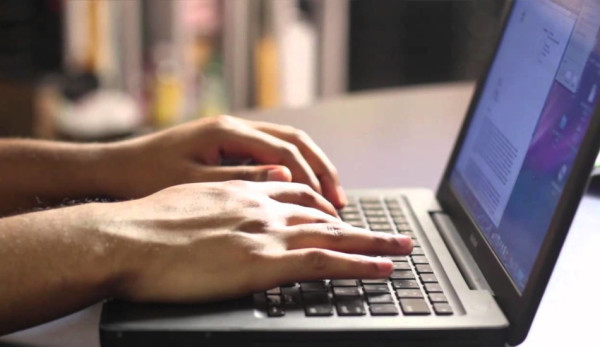The COVID-19 outbreak has disrupted our lives in a way that will have long-term implications. While people are already talking about a future dominated by remote work rather than the traditional 9 to 5 office jobs, other areas of life will also undergo profound changes.
Online education during COVID-19
Up till now, students have been educated through schools, where they spend morning till evening studying under various teachers. The surge in online education seen during the COVID-19 pandemic indicates that this system of education is coming to an end. Online education offers flexibility in learning — students can learn any subject at any time. Plus, it is also cheap since all that a student needs is a device with an Internet connection.
“The change we are seeing right now in education is not something that is likely to revert back to “normal” in the fall. Although teachers will always be integral to the education process, there will need to be continued flexibility and agility when it comes to things like the delivery of content, testing, and grading. I expect that we will see an increase in blended learning environments that include learning in both the physical classroom setting and online,” Simon Allen, CEO of McGraw-Hill, said to Fast Company.

Streaming
With people restricted from venturing outside, the popularity of streaming platforms has surged. Several movies have abandoned their theatrical release and have instead been released on streaming platforms like Netflix, Amazon Prime, and so on. Many experts speculate that small-budget movies in the future will largely avoid theaters and go directly online since this is a cost-efficient and profitable solution for many producers. However, big-budget movies will likely continue being released in theaters, at least in the near future.
Biosensors
The coronavirus outbreak has increased people’s interest in biosensors. These are devices worn or implanted in your body that continually check the body’s vital signs in order to alert the user in case of any problem. Over time, these sensors might even be able to predict the onset of diseases at an early stage. An example of such tech is Vitaliti, a wearable health device made by Cloud DX that allows doctors to monitor around 5 vital signs. The device is also capable of diagnosing 19 medical conditions by itself, thanks to AI and machine learning.
Fewer business trips
Business trips for meeting clients are soon going to be a thing of the past. When you can converse with clients through videoconferencing, why spend so much money on plane tickets, hotel stays, dining expenses, and so on? This will inevitably affect the airline industry. According to an estimate, business travelers only make up 12 percent of the total number of passengers. However, they tend to be twice as profitable when compared to regular travelers. In fact, business passengers might contribute almost 75 percent of an airline’s profit on some flights. As such, the decline in business travelers due to videoconferencing could trigger airlines to raise the ticket prices of normal passengers.

3D printing
One of the most debated topics during the COVID-19 pandemic was the lack of essential medical supplies. Countries scrambled to secure enough masks, gloves, and other medical devices necessary to keep the outbreak in check. In Italy, a 3D printing company has shown how critical this technology will be in the future.
When a hospital discovered that they were in urgent need of valves that connect patients to breathing machines, the company manufactured 100 of them for less than a euro (US$1.12) through 3D printing. This was done in less than 24 hours! Moving forward, 3D printing devices will definitely become a common sight across all industries and even in our homes.








